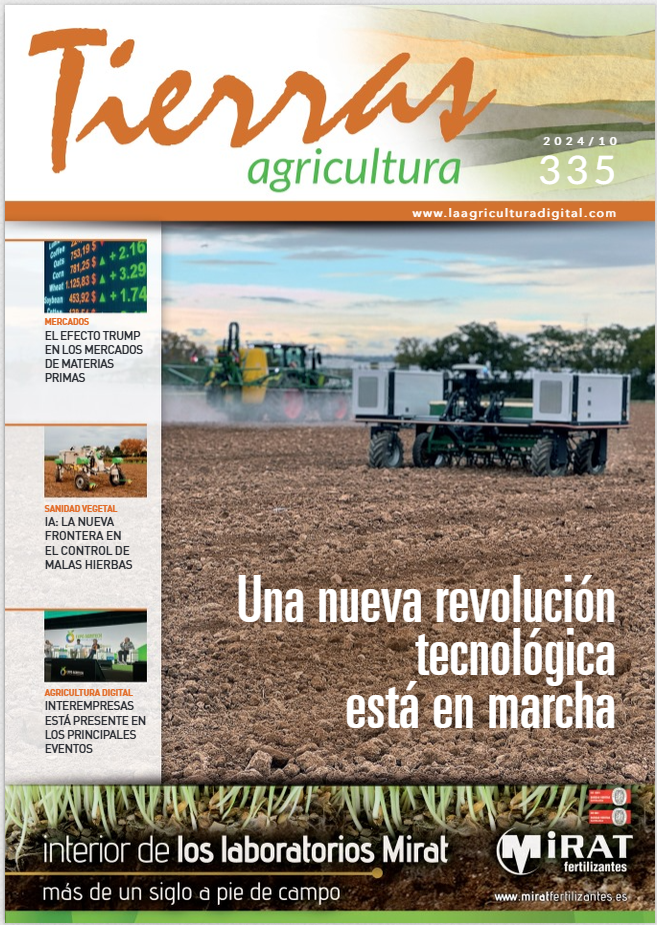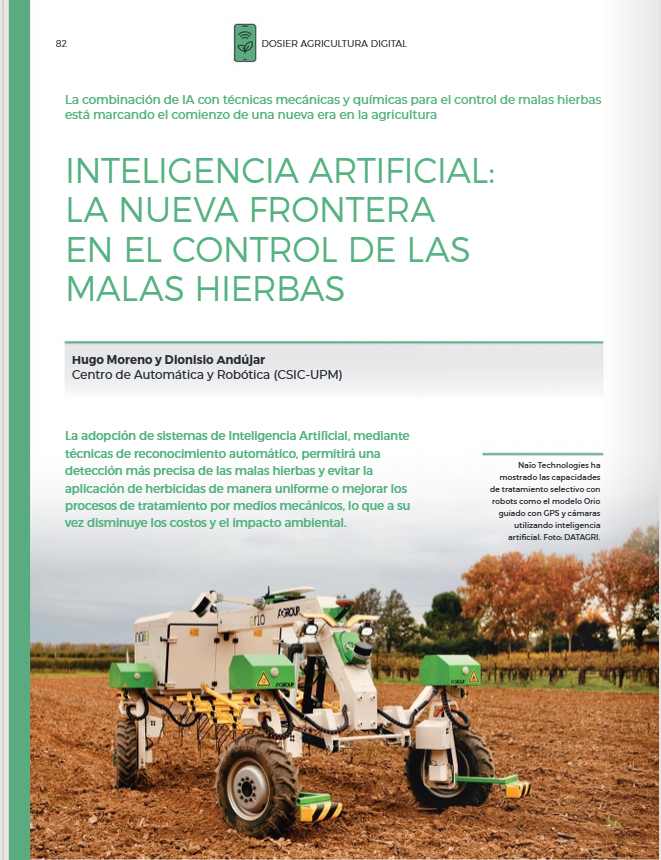The integration of artificial intelligence (AI) with mechanical and chemical techniques is revolutionizing weed management in agriculture. This technological convergence offers more effective, precise, and sustainable solutions that align with the demand for environmentally responsible farming practices. AI enables precise weed identification using advanced tools like computer vision, robotic platforms, drones, and sensors. This facilitates targeted herbicide application, significantly reducing chemical usage, soil contamination, and groundwater pollution while increasing agricultural profitability. Additionally, AI-driven robots offer unprecedented precision in mechanical weed removal, decreasing reliance on agrochemicals and promoting sustainability.Despite these advancements, several challenges hinder widespread implementation. Field variability, including factors like climate, soil type, and topography, creates complex environments that demand adaptable solutions. AI systems must also identify diverse weed species accurately under changing lighting conditions or partial obstructions. Enhancing neural networks’ learning capabilities is crucial for maintaining high classification accuracy.

Mechanical control systems face technological limitations, particularly their slow operational speeds, making them less efficient for large-scale farming compared to traditional herbicide spraying. The high initial investment in AI and automation technologies poses another obstacle, especially for smallholder farmers who lack resources and technical training. Moreover, the absence of adequate technical support further complicates effective adoption, as many systems are sold without proper guidance for their use and maintenance. A cultural shift towards embracing digital and automated approaches in agriculture is also essential, particularly for smaller producers.

Looking ahead, the future of AI-driven weed control is promising. Technological advancements are expected to reduce production and acquisition costs, making these systems more accessible to a broader range of farmers. Improved algorithms will enhance efficiency and real-time adaptability. The expansion of rural connectivity through technologies like 5G will enable real-time remote management of AI systems. Integration of multiple technologies—such as drones with multispectral cameras for mapping weed infestations and autonomous robots for precise mechanical or chemical treatments—will provide holistic and adaptive solutions. Collaboration among technologists, agronomists, and farmers is critical to optimizing these technologies. Public-private partnerships, governmental support, and subsidy policies will play key roles in fostering adoption. Society’s endorsement of these innovations is vital, as AI in weed control benefits not only farmers but also consumers by reducing chemical use in food production and promoting environmental conservation. With continuous innovation and commitment, AI has the potential to drive a more productive, efficient, and sustainable agricultural future, meeting the needs of a growing population while protecting ecosystems and rural environments.
For further information, check out Revista Tierras (Agricultura 335) at the following links:
https://www.interempresas.net/Flipbooks/TE/335/
